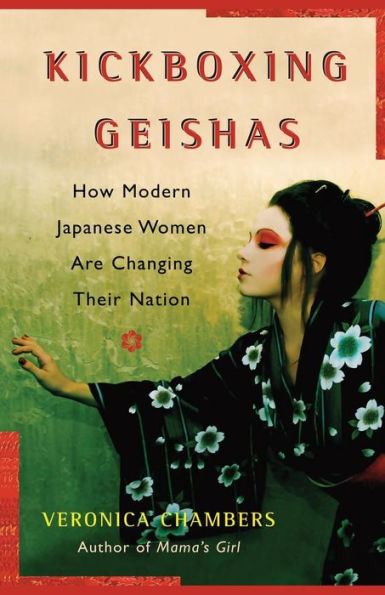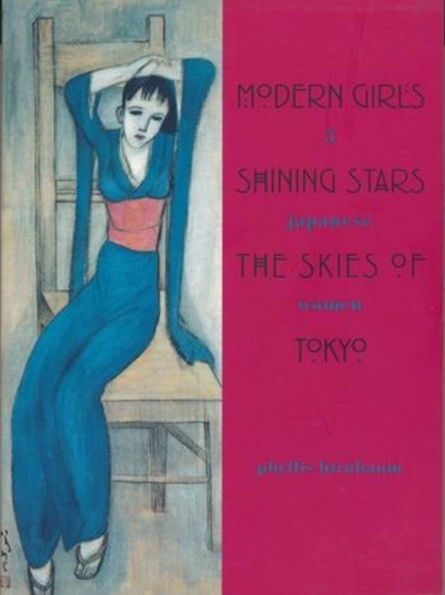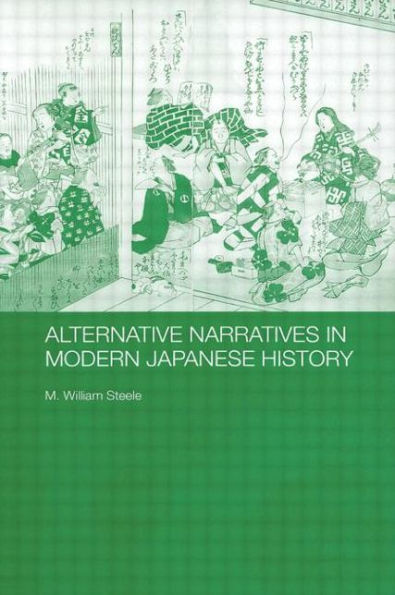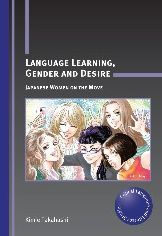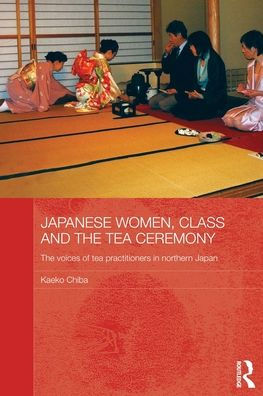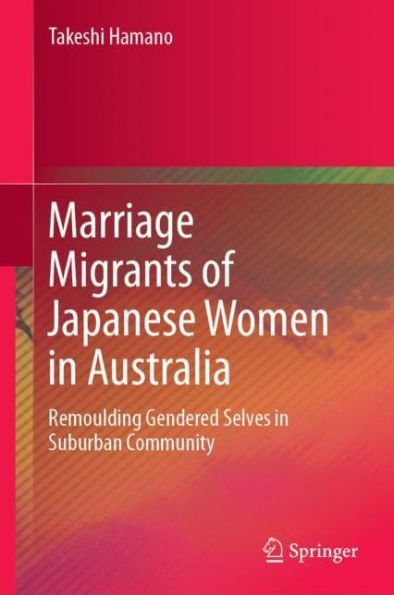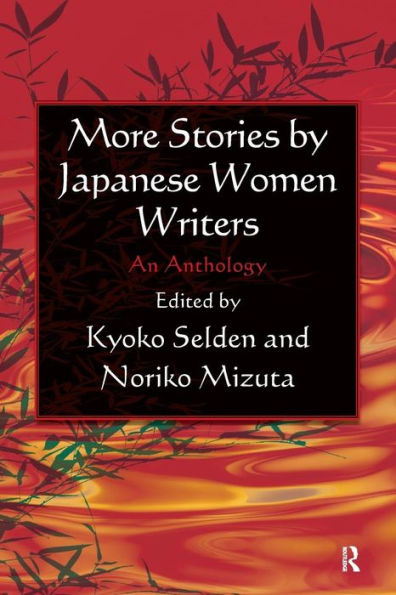Home
Narratives of Sorrow and Dignity: Japanese Women, Pregnancy Loss, and Modern Rituals of Grieving
Barnes and Noble
Narratives of Sorrow and Dignity: Japanese Women, Pregnancy Loss, and Modern Rituals of Grieving
Current price: $48.99
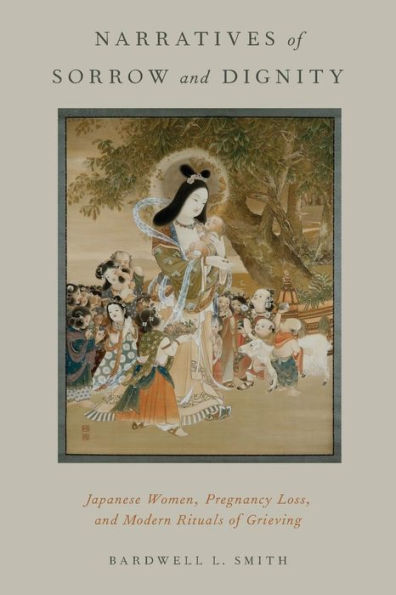

Barnes and Noble
Narratives of Sorrow and Dignity: Japanese Women, Pregnancy Loss, and Modern Rituals of Grieving
Current price: $48.99
Size: OS
Loading Inventory...
*Product information may vary - to confirm product availability, pricing, shipping and return information please contact Barnes and Noble
Bardwell L. Smith offers a fresh perspective on
c
, the Japanese ceremony performed to bring solace to those who have experienced miscarriage, stillbirth, or abortion. Showing how old and new forms of myth, symbol, doctrine, praxis, and organization combine and overlap in contemporary
mizuko kuyō
, Smith provides critical insight from many angles: the sociology of the family, the power of the medical profession, the economics of temples, the import of ancestral connections, the need for healing in both private and communal ways and, perhaps above all, the place of women in modern Japanese religion.
At the heart of Smith's research is the issue of how human beings experience the death of a life that has been and remains precious to them. While universal, these losses are also personal and unique. The role of society in helping people to heal from these experiences varies widely and has changed enormously in recent decades. In examples of grieving for these kinds of losses one finds narratives not only of deep sorrow but of remarkable dignity.
c
, the Japanese ceremony performed to bring solace to those who have experienced miscarriage, stillbirth, or abortion. Showing how old and new forms of myth, symbol, doctrine, praxis, and organization combine and overlap in contemporary
mizuko kuyō
, Smith provides critical insight from many angles: the sociology of the family, the power of the medical profession, the economics of temples, the import of ancestral connections, the need for healing in both private and communal ways and, perhaps above all, the place of women in modern Japanese religion.
At the heart of Smith's research is the issue of how human beings experience the death of a life that has been and remains precious to them. While universal, these losses are also personal and unique. The role of society in helping people to heal from these experiences varies widely and has changed enormously in recent decades. In examples of grieving for these kinds of losses one finds narratives not only of deep sorrow but of remarkable dignity.

